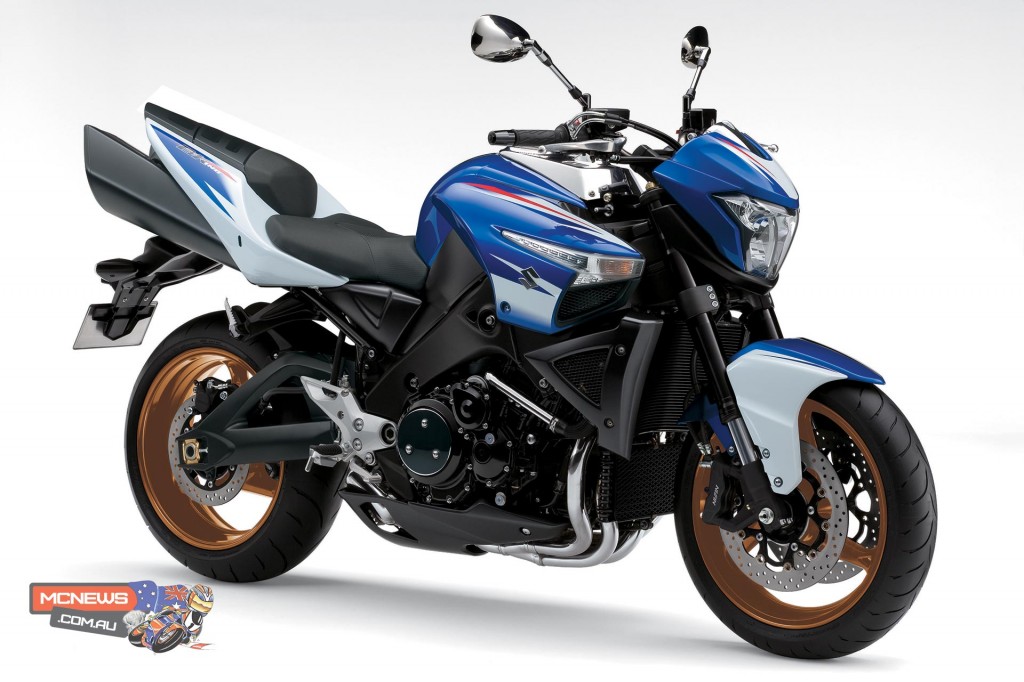Orphans of the ’00s
Greg Leech looks at the post-millennium bikes that simply failed to set the cash registers a-ringing
The Y2K bug. Remember the fuss that caused? The world was going to come to an end and there was precious little we’d be able to do about it. It all sounds pretty naive in this post-September 11 world, but it was all we could talk about back then. Well, that and motorcycles…
You see, the bike market in Australia was in a hugely buoyant state with annual sales of motorcycles increasing by a massive 80 per cent between 1995 and 2002. As a consequence, motorcyclists were spoiled for choice, with distributors making bold business decisions and offering strong ranges in Australian showrooms.
In the early part of this decade, dirt bikes were the flavour of the month, almost without fail filling the top three spots on the list of most-purchased category. We simply couldn’t get enough of things like Yamaha’s WR250F and WR426F along with Honda’s favourite tractor in the XR400R. In fact, it took the YZF-R1, CBR900RR and GSX-R1000 to break up the traillie party. Yep, we wanted fun from our bikes – whether that be represented by ripping around the bush with mates or slicing up our favourite bit of blacktop on a cutting-edge sports bike.
The good news for motorcycle participation just kept coming with 129,966 motorcycles sold in 2007 – an increase of 10,760 or 9.0 per cent over the previous all-time record set in 2006. In fact, this represented the tenth year in a row sales had grown.
Scooters had become extremely popular, with sales of 14,271 units, but the big news was the growth in the popularity of cruisers with growth figures of 27.2 per cent in 2007, making them easily the biggest contributor to motorcycle sales growth at the time. (Ed – This Link shows the 2013 sales figures showing that cruisers are stronger than ever but scooter popularity has waned considerably from that 14,271 figure down to 9478 in 2013)
Yep, things were – and remain – good in regard to participation and buyer take-up.
But, along with all this choice and the tickety-boo nature of the market, there were bound to be good bikes left forlornly standing in showrooms all across this wide brown land. You know, things that deserved to find good homes, but just didn’t gain the buyer attention for one reason or another. Let’s examine a few…
Cagiva Navigator
The Navigator may well have been just a little ahead of its time. While it was reasonable as a dual sport, the simple fact is it was wonderful as a big supermoto – brilliantly filling a category that was in its infancy when the bike was released in 2000. It was simply sensational in twisty going.
The bike made use of Suzuki’s wonderful 996cc, four-valve V-twin that had first seen the light of day in the troubled TL1000S. Cams were softened, ignition mapping was altered and power was lowered to 99hp (72.3 kW) at 8400rpm and torque 93Nm (9.5 kg-m) at 7000rpm.
Nice wide bars, a big tank capacity, decent screen and a roomy soft seat should have added up to a winner for the Italian brand. It wasn’t to be.
Priced at $14,990 at release, the bike slid nicely into the budgetary midrange, and there was certainly a degree of street-pose inherent in owning an Italian bike.
Marketing was patchy at best for the bike, so word-of-mouth was relied upon to gain some support at dealer level. This has always been a very chancy sales philosophy and there is little doubt the bike suffered for it.
Perhaps the Cagiva factory’s reputation for economic instability stamped the Navi as a bit of an ‘adventurous’ choice and this stopped the thing from selling like it deserved to. Nothing will kill a bike stone dead as effectively as a perception that parts and warranty backup could be affected.
It’s a huge shame that Cagiva hasn’t done better on a global scale and the Navigator exemplifies this. In fact, it’s on my personal short list if I can find a decent one.
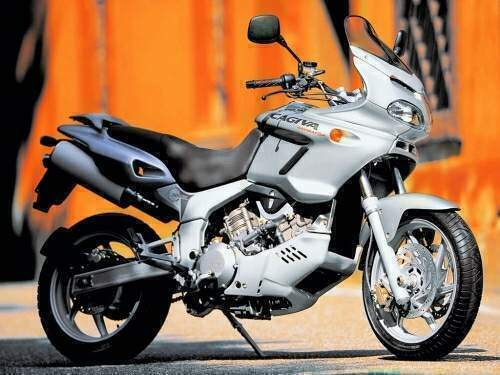
Honda VTRSP-1
Released in 2000, the SP-1 owes its existence to Ducati. How So? Well, World Superbike racing rules of the period allowed for V-twin configured bikes to have a capacity of up to 1000cc, while four-cylinder entries were limited to 750cc.
Ducati’s Desmoquattro engine was perfectly positioned to exploit this and from 1993 to 1999 Carl Fogarty and Ducati dominated, Fogarty taking the title a record four times and runner-up twice. Troy Corser also won the 1996 title and was runner-up in 1995.
Honda could see the way forward and produced a bike that mimicked the Duke, using a 999cc, liquid-cooled, four-valve V-twin, making 136hp (100 kW) at 9500rpm and 105Nm (10.4kg-m) at 8000 rpm and housed it in a neat aluminium twin-spar frame.
Yes, the SP-1 had big fat shoes to fill and it did it with style. It’s often glossed over that that the SP-1 (RC51) was instantly successful with Colin Edwards taking the title in 2001 thereby putting a (temporary) stop to the Ducati dominance. The bike had done its job right there.
The bike dripped with quality componentry and had a pricetag that reflected it at $19,995 in 2000.
It also asked the rider to make a few allowances based around the bike’s unashamed racing bloodlines. Fuelling was snatchy (improved on the SP-2 released in 2002 though) and the seating position very tight. Yes, you had to be committed to buy one and that held all but a dedicated few (in Honda terms) back.
Interestingly, used prices have held up very well, and don’t be surprised if this one gains a cult following. It’s very quick and will stand the test of time – it’s a special Honda and they go forever. Simple as that.
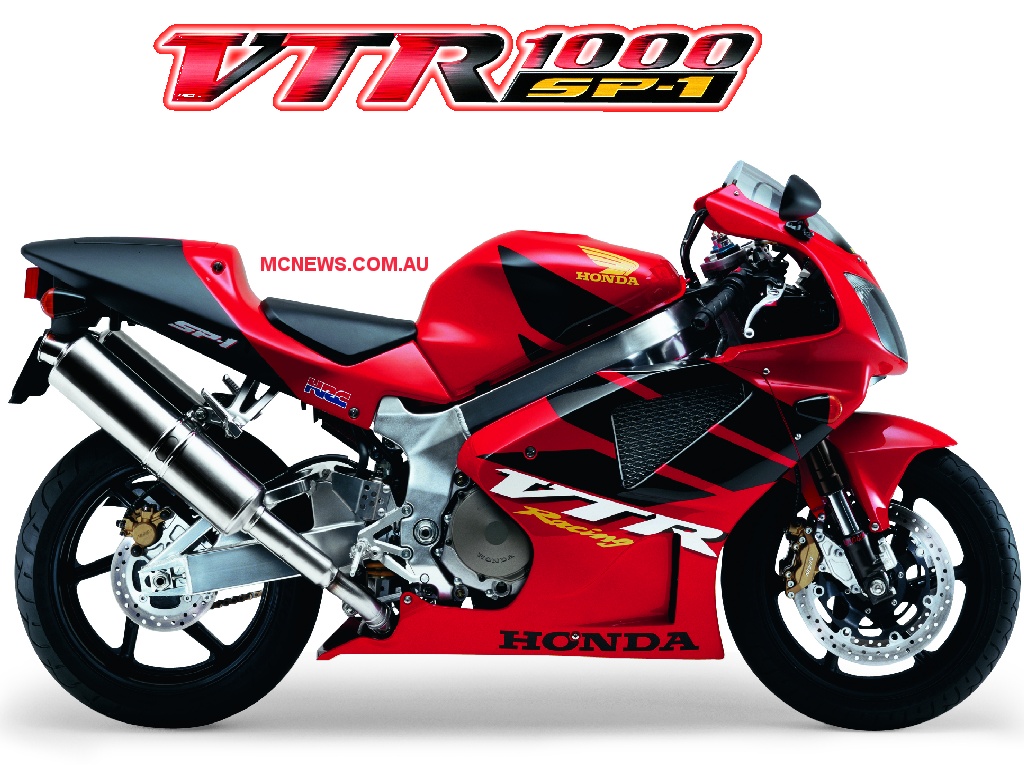
Suzuki SV1000
Released in 2003 at a price of $14,990, the SV1000 used the omnipresent 996cc, liquid-cooled, four-valve V-twin that was born housed in the TL1000S frame (as per the Cagiva Navigator above, but with more aggressive mapping). And why not? The engine really has proved to be one of the great mass-production powerplants and fitting it into the trellis-framed big bore naked category (which was a hugely popular market segment at the time) made eminent sense.
The SV1000S was also released in 2003, offering a bikini fairing. This covered all bases for Suzuki – encompassing both naked fans and also those that like a bit of weather protection – and should have seen the bike sell well. But it didn’t.
It wasn’t for a lack of power with 116hp (85.4 kW) at 8500 rpm and 102Nm (10.4kg-m) at 7000 rpm. No, other factors slammed the door on the SV1000. One was family-related – it can blame its little brother to some extent. The SV650 was embraced by those stepping up from a learner bike and those stepping down from the rigours of handling a bigger thing. It was also substantially cheaper at $9990.
There was also the lack of a ‘bling’ factor associated with the SV1000, with rudimentary suspension and some early reviews that suggested handling was fairly ordinary. Suzuki also overproduced the SV in 2003 and offered some hefty discounts to move stock. This should have made the bike sell in big numbers, but it had the reverse effect of creating a suspicious market. Discounting in Australia has always been a bit of a slippery slope. It can be done, but needs to be managed very carefully.
The point is proven by the fact that the bike was discontinued from the Suzuki range only a few years ago – at a price of $13,990! That’s a grand less than the bike cost the best part of a decade earlier. Still, there will be bargains out there now as a consequence, and the SV1000 is a reasonably competent thing.
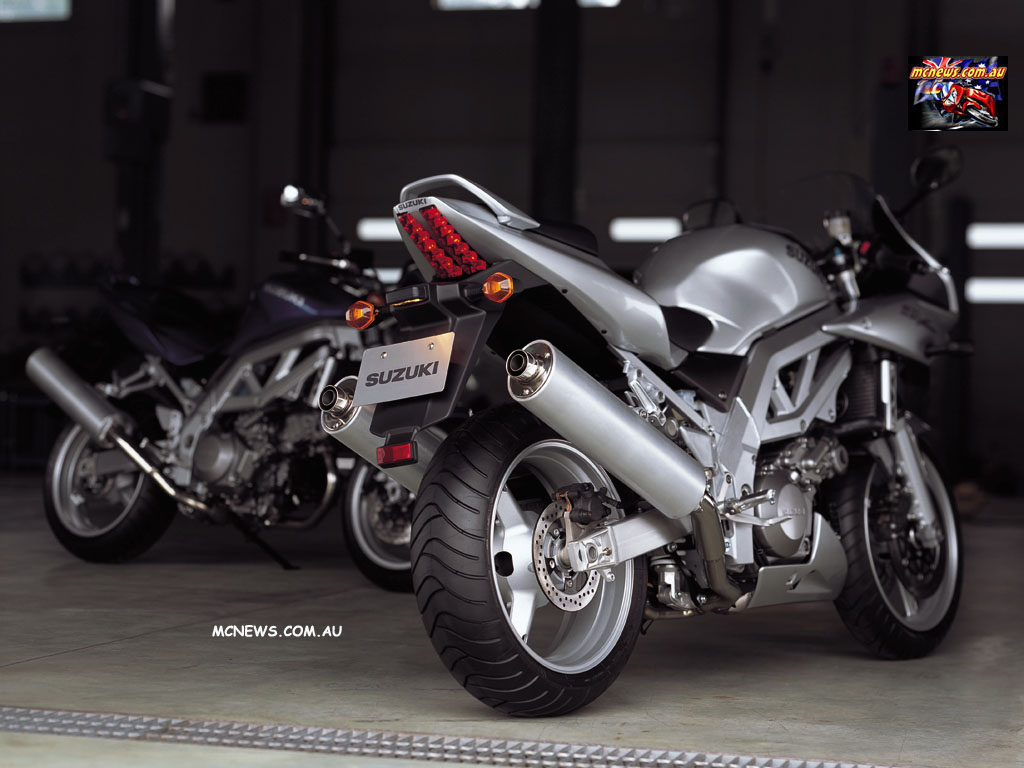
BMW F650CS Scarver
BMW has never been frightened to produce a strange looking motorcycle. Remember the first time you saw a four-valve GS? Yep, avant-garde is the word.
Enter the F650CS Scarver of 2002.
The Scarver was BMW’s attempt to get into the middleweight road market – an area in which it was missing out in a big way. It had dipped its toe in the water with the F650 and F650GS, and done alright, but this was its first go at a totally road-based middleweight offering. It was priced very competitively at $13,635, so new the Bavarians were leaving no stone unturned in attempting to open new revenue streams.
Powered by the 652cc, liquid-cooled, four-valve single from the GS offering 50hp (37.2kW) at 6800 rpm and 60Nm (6.2 kg-m) at 5500rpm, power was adequate, but not startling.
Designed by the same bloke that came up with the R1200 C, you’d reckon David Robb would have known better after the universal horror that was aimed at his Boxer cruiser. No such luck. In short, the Scarver looked downright weird. It had a belt drive, flip-up tank (which really offered a great storage space), grab handles on the faux tank, fuel filler at the side at the rear of the seat, oddly decorated frame… The whole idea was about being cool and fashionable, but it just came off as a bit farcical and the market ran and hid.
It all worked pretty well on the road though, with optional ABS and the usual BMW build-quality. But, well, it was just a little too Euro-zany. In fact, have you seen one lately. Or ever, for that matter?
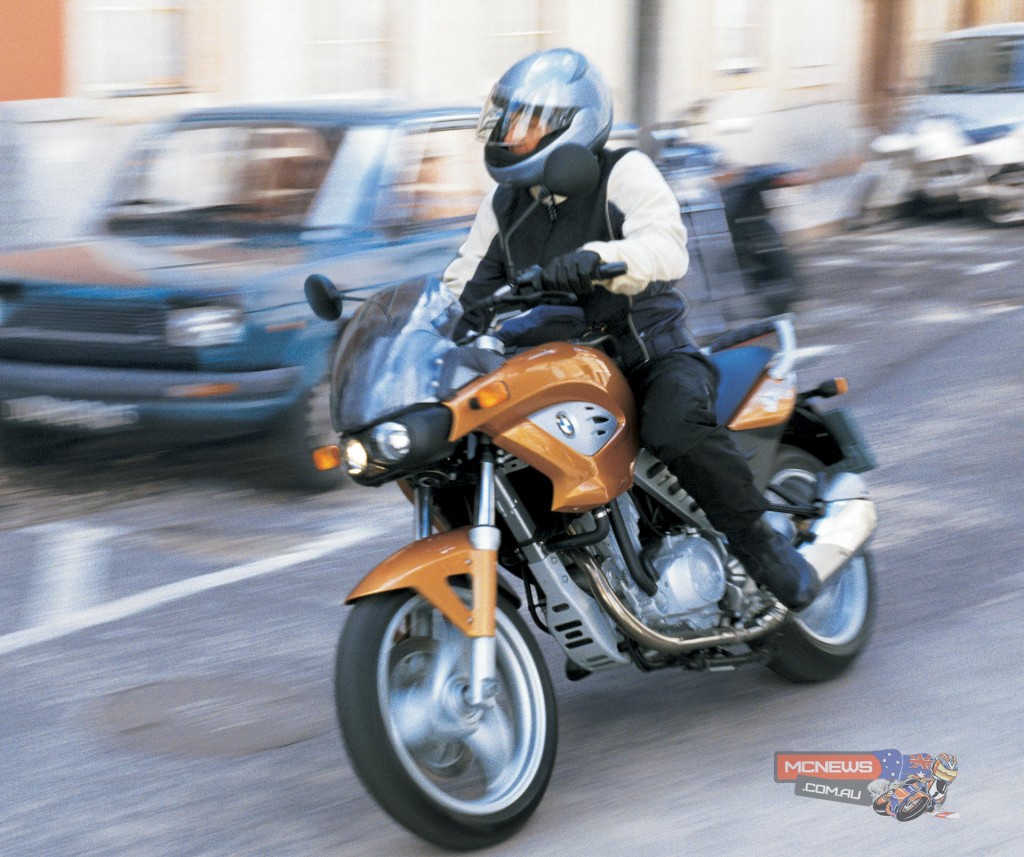
Yamaha MT-01
Not that long ago you could still buy an MT-01 new. Priced at $21,499 at launch in 2005, it slowly reduced that price of entry to as low as $18,999 before it quietly slipped off Yamaha Australia’s product inventory. I’ll leave you to fill in the blanks as to the substantial reason for that…
The MT-01 makes a huge styling statement and offers street appeal as strongly as anything out there. It is wonderfully built, is drop-dead gorgeous to look at and uses a massive 1607cc, liquid-cooled, four-valve, V-twin (from the Warrior) that feels and sounds like the San Andreas fault is on the move – directly underneath your crotch. Subtle it ain’t.
It’s just a bit of a shame that all that bark doesn’t manifest in much bite. Figures are 90hp (65.7 kW) at 4750rpm and 150 Nm (15.3 kg-m) at 3750rpm. Stacks of torque off the bottom, but all a little breathless after 5000rpm. Perhaps that’s why Yamaha has tried to build the new category of ‘Torque Sport’ in its promotion and marketing material.
You get top-quality suspension (multi-adjustable front and rear), and brakes from the R1 but there is simply no hiding 240kg of dry weight. That sort of figure places it into the cruiser category, and that may have hindered sales as well. You see, cruiser buyers like it traditional and there’s nothing traditional about the MT-01. It does have bags of room for the bigger bloke though.
Time will tell with this one, but the term ‘sinking without trace’ comes to mind. Oh, is that the phone…?
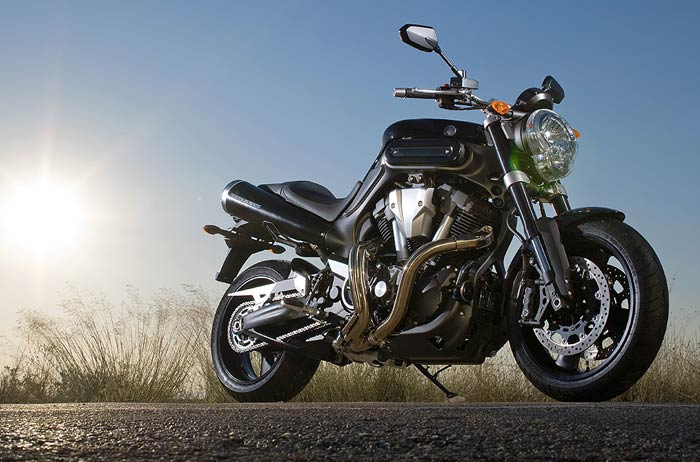
Aprilia RST1000 Futura
Launched in 2001 at a price of $19,990, the Futura was all about that engine. After all, Aprilia only had one big engine and it stuffed it into as many categories as it could. But what a delightful donk it was.
It’s a 997cc, liquid-cooled, 60-degree, dual-counterbalanced, four-valve V-twin that took a young Troy Corser to reasonable success in the World Superbike Championship in 2000 and 2001. Aprilia made changes from that RSV Mille tune to make it more forgiving in sports touring operation and the engine delivered 113hp (82.5 kW) at 9250rpm and 96Nm (9.8 kg-m) at 7250rpm.
The moniker of ‘Futura’ was most apt, with angular and flat-sided shapes everywhere. The dash was a wild digital affair that was as confusing as it was new age. I can remember making the comment to a fellow rider when testing one in 2002 on the Great Ocean Road that ‘I can find a fish with this dash but I don’t have a clue what the rest of it is trying to tell me’. The Futura was a little like that, the bike certainly had a story to tell, but remained tight-lipped. And, if you don’t scream an interesting yarn at the Aussie market, it will wander away pretty damned quickly.
Opinions were polarised as to the look of the bike, but that shouldn’t have been enough to stop it selling reasonably well. There was nice hard luggage available that actually came at standard on the T model of 2001 and 2002. So Aprilia made efforts to value-add to the bike, to no real avail.
What really hurt the Aprilia was that it was tossed headlong and with little advertising support into the jam-packed sports touring category. Facing up to things like the Honda’s VFR800 and ST1300, Triumph Sprint ST, Yamaha FJR1300, BMW R 1100 RT, Kawasaki ZZ-R1200 (2002)… The list went on and on and the poor old Futura just couldn’t get a look in. Shame really, because it was not a bad bike.
What you did get was that lovely engine and a degree of brand exclusivity, but the simple fact is the other bikes in the Futura’s category were better choices and the market rarely gets that wrong.
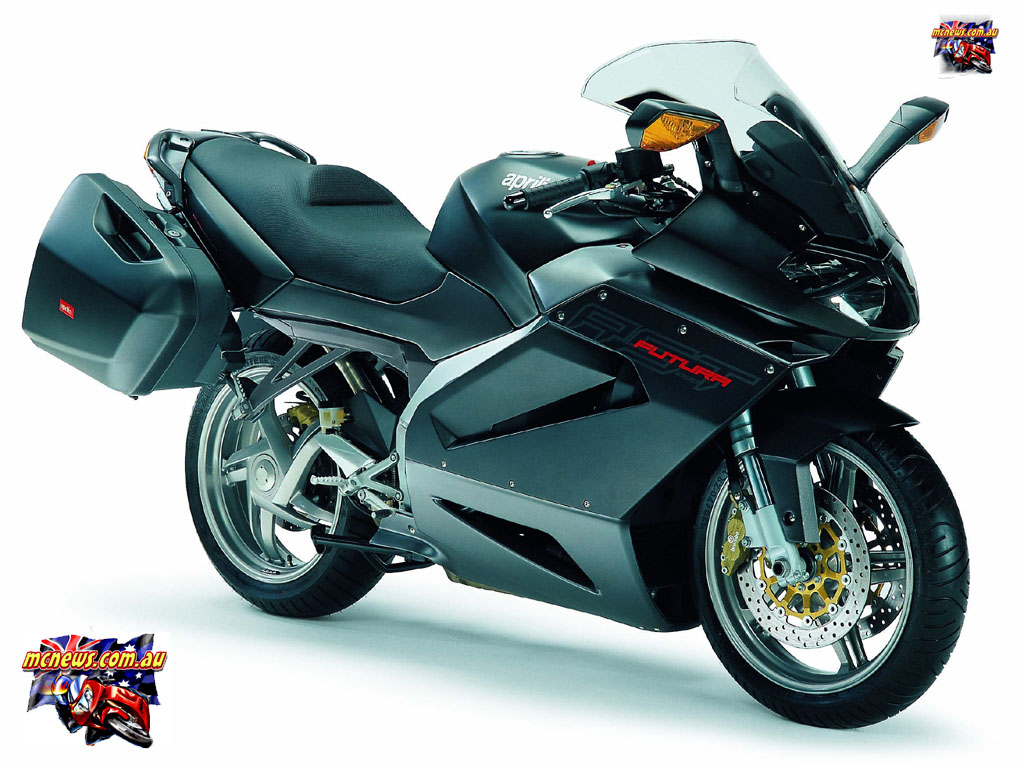
Kawasaki W650
Technically arriving in 1999 (what’s a year between friends) and priced at $10,990, the W650 was Kawasaki’s attempt at grabbing some of the retro-fervour that Triumph was to build upon just 18 months later with it Bonneville.
In fact, Kawasaki has a proud history of building parallel twins with its W1 650 that was built from 1966 through to 1968 (Kawasaki’s first four stroke motorcycle) offering the designation for the new bike.
There is no doubt that the W650 was modelled on the sixties Bonnevilles and the thing is decidedly pretty to look at. The engine was a 676cc, air-cooled, four-valve parallel twin that was good for 50hp (37kW) at 7000 rpm and 56Nm (5.7kg-m) at 5500rpm.
The bike was decidedly clever in that it looked pretty retro, but housed some very smart modern day bits that made the W650 a whole lot easier to live with than the type of bike it was emulating. Things like: eight valves, an LCD odometer and clock hiding in the speedo face, electronic speedo and tacho, * Digital CDI ignition, disc brake and, shock horror – electric start! The engine was a peach and offers the platform for many special builders across the globe. In fact Deus in Sydney is one of them.
There are many that are of the opinion that the W650 was a prettier bike than the Hinckley Triumph Bonneville and it came in at a whole $1600 cheaper. It should have sold like hot cakes, so why was response only lukewarm? Well, it was viewed as a wanna-be bike, a kind of marketing exercise without substance. A huge shame and the blame can be sheeted directly home to Kawasaki itself which had no idea how to use its own heritage in the parallel twin area, instead pushing the thing as a Japanese Triumph. It’s an area that still besets Japanese motorcycle marketing today – a failure to leverage brand lineage. It really hurt the W650, that’s certain.
Kawasaki reinvented the machine in 2011 and boosted capacity to 773cc, whereby the W650 became the W800. Click the image below to see what Trev thought of the Kawasaki W800.
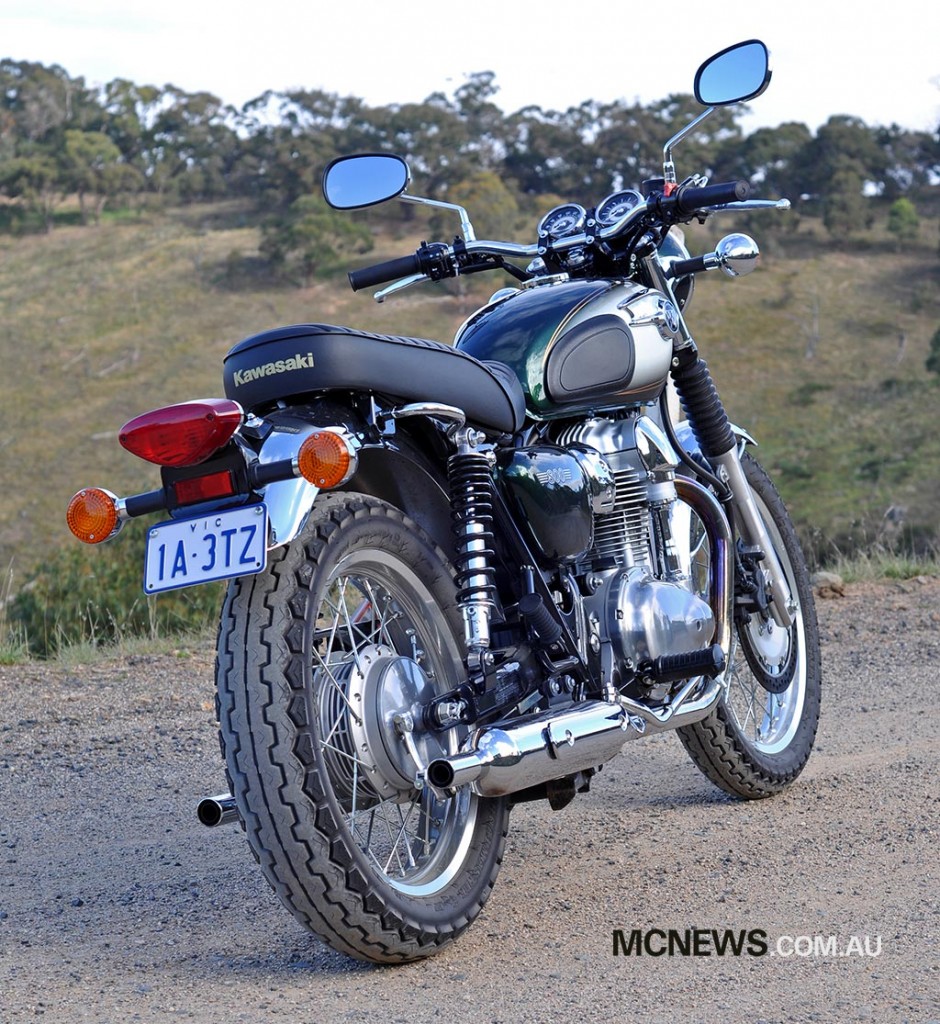
Suzuki B-King
First built as a concept motorcycle and shown at the Tokyo Show in 2001, the B-King was unleashed Down Under in 2007 priced at $18,990.
It is very rare that a concept bike makes it to production and even rarer that it closely resembles the original display prototype, but the B-King looks incredibly similar to the Tokyo Show bike.
And it’s not all show either. Cop this… The bike gets the 1340cc, liquid-cooled, four-valve, four-cylinder engine from the brand’s volume hero bike, the Hayabusa. You get figures of 181hp (135 kW) at 9500rpm and 146 Nm (14.8kg-m) at 7200 rpm. Stump pulling, horizon-melting grunt folks. This thing is the real deal.
So why aren’t we seeing them everywhere? The price was right, the thing is an absolute weapon in the performance stakes and you know it’s going to be pretty reliable.
Well, I’ll have to leave you to answer that one. I reckon the bike is the duck’s guts. It just didn’t grab the market by the nuts.
Shame that…
